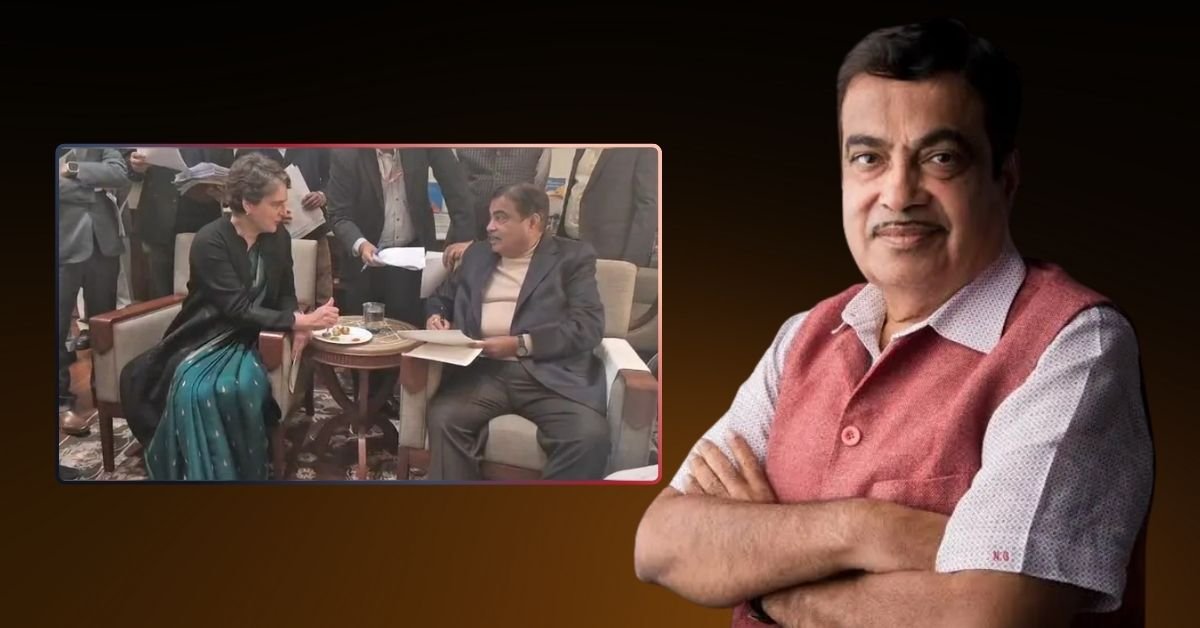Join the Ministry of Textiles in 2025! Apply for 12 handloom roles like Junior Weaver by May 12. Celebrate India’s textile heritage with a rewarding career!
Table of Contents
Textiles Ministry Jobs

Imagine a career where you preserve India’s rich textile traditions while building a stable future.
The Ministry of Textiles, through its Development Commissioner for Handlooms, has announced an exciting recruitment drive for 2025, offering 12 positions, including Junior Weaver and Junior Printer.
These roles are a gateway to contributing to the vibrant handloom sector, which supports over 4.3 million artisans.
With applications open until May 12, 2025, this is your chance to join a prestigious government organization and make a difference.
Let’s explore the details of this opportunity, from eligibility to application steps, and discover why a career in handlooms is both fulfilling and impactful.
What Is The Ministry Of Textiles Handloom Recruitment 2025?
The Ministry of Textiles oversees India’s textile industry, including the culturally significant handloom sector, which produces iconic fabrics like Banarasi silk and Kanjeevaram sarees.
The Development Commissioner for Handlooms, established in 1975, drives initiatives to empower weavers and promote handloom products globally.
To strengthen the sector’s workforce, the 2025 recruitment target is 12 vacancies for Junior Weaver and Junior Printer roles.
These positions involve hands-on work in weaving, printing, or related tasks, offering a unique blend of craftsmanship and government service.
This recruitment suits those passionate about textiles, sustainability, and cultural heritage.
With job security, competitive pay, and a chance to support rural artisans, it’s an opportunity to weave a meaningful career.
Eligibility: Who Can Apply?
Wondering if you qualify?
The Ministry has set accessible criteria to attract candidates passionate about handlooms.
Here’s a clear breakdown based on available information and typical government norms:
| Criteria | Details |
|---|---|
| Educational Qualification | Junior Weaver/Junior Printer: Diploma or certificate in textile technology, handloom weaving, or printing from a recognized institute. Other Roles: A Degree or diploma in textiles, fashion technology, or related fields may be required. |
| Age Limit (as of May 12, 2025) | 18–30 years for general candidates. Relaxations: SC/ST (5 years), OBC (3 years), PwBD (10 years), as per government norms. |
| Experience | Freshers with relevant training may apply; some roles may prefer 1–3 years of experience in weaving or printing. |
| Skills | Proficiency in handloom weaving or printing techniques; basic computer knowledge for documentation. |
The official notification on the Ministry’s website will detail specific requirements.
Candidates should verify eligibility once the notification is released.
How To Apply: Step-By-Step Guide
Applying for the Ministry of Textiles Handloom Recruitment 2025 is simple and online.
Follow these steps to ensure a smooth process:
- Visit the official website: Go to texmin.nic. And find the ‘Careers’ or ‘Recruitment’ section.
- Locate the Advertisement: Look for the 2025 Handloom Recruitment notice (likely under the Development Commissioner for Handlooms).
- Register: Create an account with your email ID and mobile number to receive a registration number and password.
- Fill the Form: Enter personal, educational, and professional details, specifying your preferred role (e.g., Junior Weaver).
- Upload Documents: Submit a recent photograph, signature, educational certificates, and experience letters (≤1 MB, JPG/PNG, as per guidelines).
- Pay the Fee: The fee is yet to be announced; expect Rs. 100–200 for SC/ST/PwBD (or exempt) and Rs. 300–500 for General/OBC/EWS, payable via debit card, credit card, or net banking.
- Submit and Save: Review your application, submit it, and download a copy for reference.
Expected Application Fees
| Category | Fee (Estimated) |
|---|---|
| SC/ST/PwBD | Rs. 100–200 (or exempt) |
| General/OBC/EWS | Rs. 300–500 |
Tip: Apply early to avoid technical issues, and keep your contact details active for updates.
Selection Process: What To Expect
The selection process is designed to identify skilled and passionate candidates.
Based on typical Ministry recruitments, expect these stages:
| Stage | Details |
|---|---|
| Written Test | Objective exam testing general aptitude, textile knowledge, and handloom-specific skills (e.g., weaving techniques, printing methods). |
| Skill Test | Practical assessment of weaving or printing abilities for roles like Junior Weaver or Junior Printer. |
| Interview | Evaluation of knowledge, passion for handlooms, and suitability for government service. |
| Document Verification | Verification of educational certificates, experience letters, and IDs before final selection. |
The official notification will confirm the process, syllabus, and weightage.
Monitor texmin.nic.in for updates.
Salary And Benefits: Why It’s Worth It
The Ministry offers competitive salaries aligned with Central Government pay scales, ensuring financial stability:
| Role | Estimated Pay Scale (Monthly) | Additional Benefits |
|---|---|---|
| Junior Weaver/Printer | Rs. 25,500–81,100 (Pay Level 4) | Dearness Allowance (DA), House Rent Allowance (HRA), medical benefits, provident fund, pension, leave encashment. |
| Other Roles | Rs. 29,200–1,12,400 (Pay Level 5–6) | Enhanced allowances, training opportunities, and career growth. |
Approximate CTC: Rs. 4–8 LPA, depending on the role and allowances.
These benefits and government job security make the positions highly attractive.
Why Join The Handloom Sector?
A career with the Ministry of Textiles in the handloom sector is a unique blend of purpose and stability.
Here is why it stands out:
- Preserve Heritage: Contribute to sustaining India’s iconic textiles, from Chanderi silks to Odisha’s Ikat.
- Job Security: Enjoy the stability of a Central Government role with comprehensive benefits.
- Social Impact: Empower rural artisans and promote sustainable, eco-friendly practices.
- Skill Development: Access training through Weavers’ Service Centres (WSCs) and Indian Institutes of Handloom Technology (IIHTs).
- Global Reach: Support the export of handloom products, projected to grow to $16.62 billion by 2032.
The sector’s cultural and economic significance makes it a rewarding choice for those who value tradition and progress.
Handlooms In 2025
The handloom sector employs over 4.3 million people, primarily in rural areas, and is a key driver of India’s rural economy.
The Ministry supports weavers through schemes like:
- National Handloom Development Programme (NHDP): Offers training, financial aid, and marketing support.
- Raw Material Supply Scheme (2021–26): Provides subsidized yarn and freight reimbursement.
- Handloom Mark Certification: Ensures product authenticity, boosting consumer trust.
The Union Budget 2025-26 allocates Rs. 5,272 crores to the Ministry, with initiatives like the Cotton Mission and export extensions supporting handlooms.
These efforts address challenges like powerloom competition and raw material costs, fostering growth.
Preparation Tips
To excel in the recruitment process:
- Study Handloom Basics: Learn about weaving techniques (e.g., pit looms, frame looms) and printing methods (e.g., block printing) via WSCs or online resources.
- Practice Skills: For Junior Weaver or Printer roles, hone practical skills through workshops or with local artisans.
- Prepare for Exams: Focus on general aptitude, textile knowledge, and current affairs. Use resources like the NCERT textbook.
- Stay Updated: Check texmin.nic.in for the notification and syllabus.
- Organize Documents: Keep digital copies of certificates and IDs ready.
- Apply Early: Submit by early May 2025 to avoid technical glitches.
Conclusion
The Ministry of Textiles’ 2025 handloom recruitment for 12 roles, including Junior Weaver and Junior Printer, is a rare chance to blend passion for textiles with a stable government career.
Applications close on May 12, 2025.
Go to texmin.nic.in to apply and prepare for the selection process.
These positions offer job security, cultural impact, and the opportunity to empower artisans, making them perfect for those who cherish India’s heritage.
Explore our other articles for more government job updates, exam tips, and career advice.
Best of luck, future handloom professionals, your journey to a meaningful career starts now!
Trivia
Did you know India’s handloom sector produces the world’s only “zero-energy” fabrics? Handwoven textiles like Khadi require no electricity, making them one of the most sustainable clothing options globally.






